
Porta Praetoria
The Porta Praetoria, a 2,000-year-old Roman gate, is Aosta's iconic symbol and a gateway to its rich history.
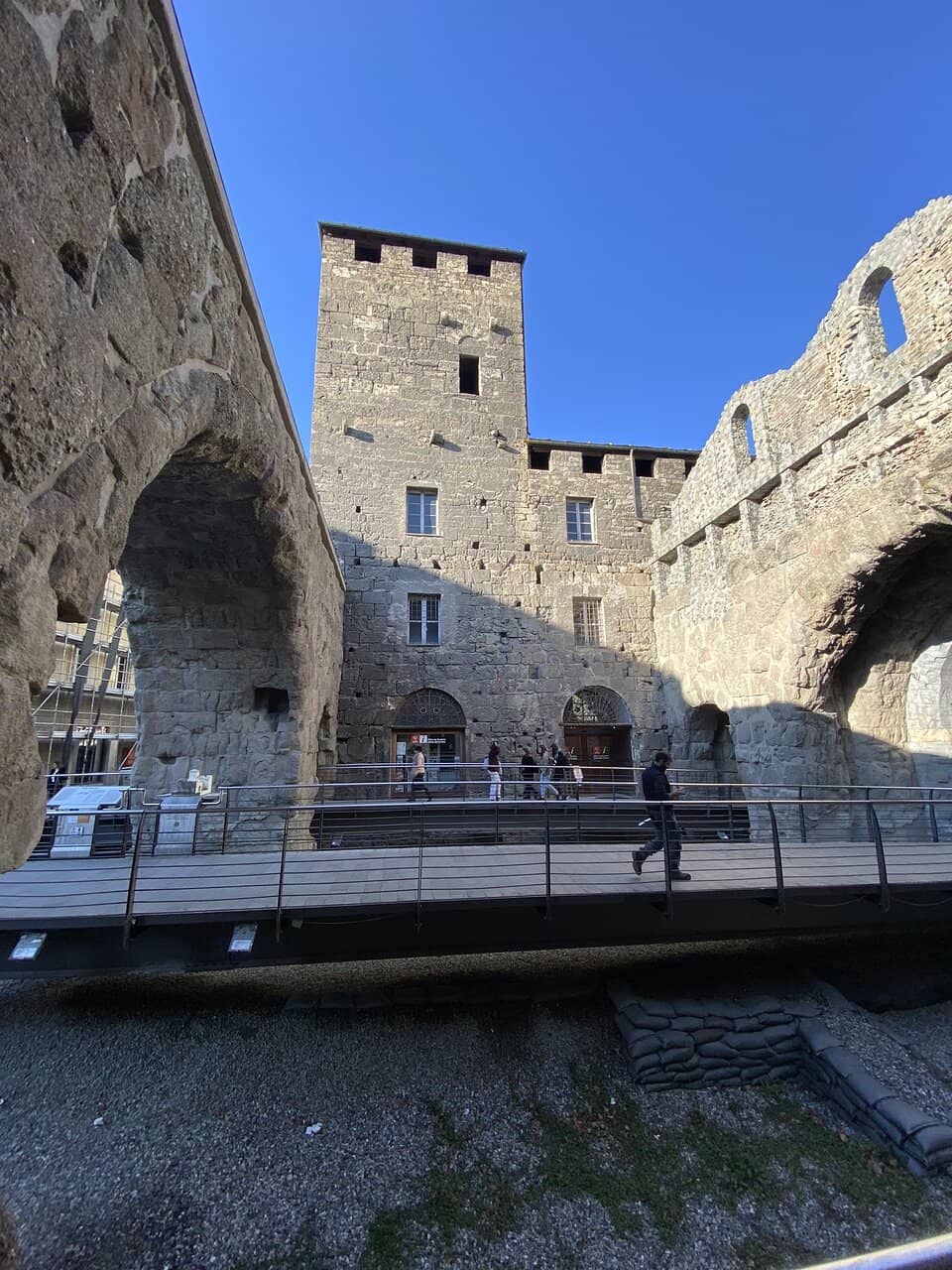
Highlights
Must-see attractions
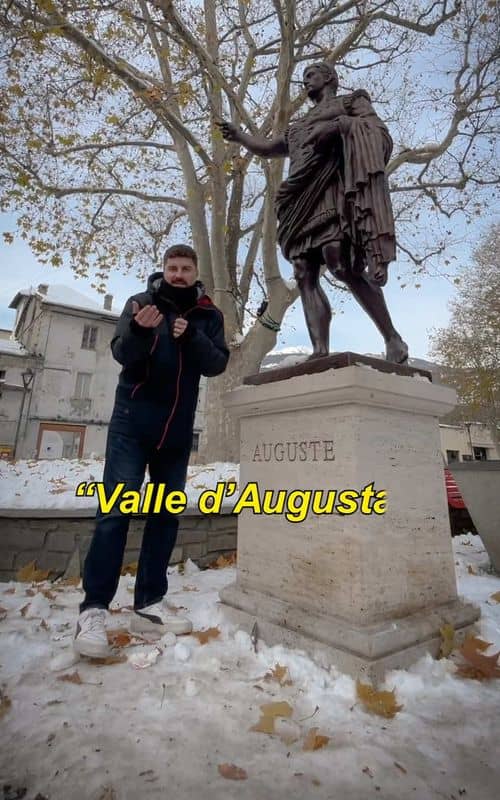
Social
From TikTok & Reddit
Best Time
Fewer crowds, better photos

Porta Praetoria
Best Time
Fewer crowds, better photos

Highlights
Must-see attractions
The Porta Praetoria, a 2,000-year-old Roman gate, is Aosta's iconic symbol and a gateway to its rich history.
"The Praetorian Gate is the symbolic monument of the city of Aosta, and the perfect starting point for a stroll through its artistic treasures."
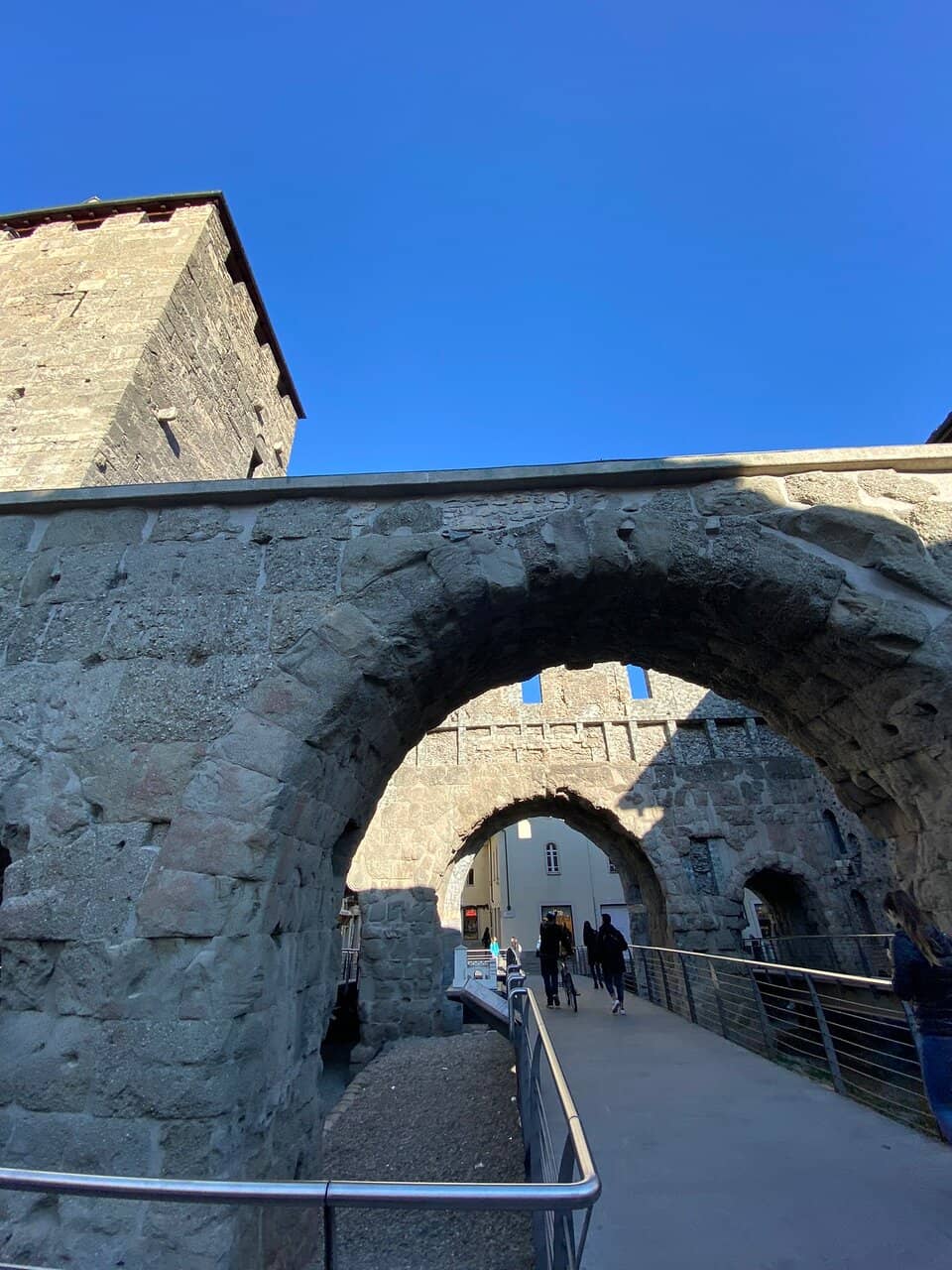
🚶♀️ Stroll Through History
Explore the gate and surrounding Roman ruins for a deep dive into Augusta Praetoria's past.
📸 Capture the Grandeur
Visit during golden hour for stunning photos of this ancient Roman monument.
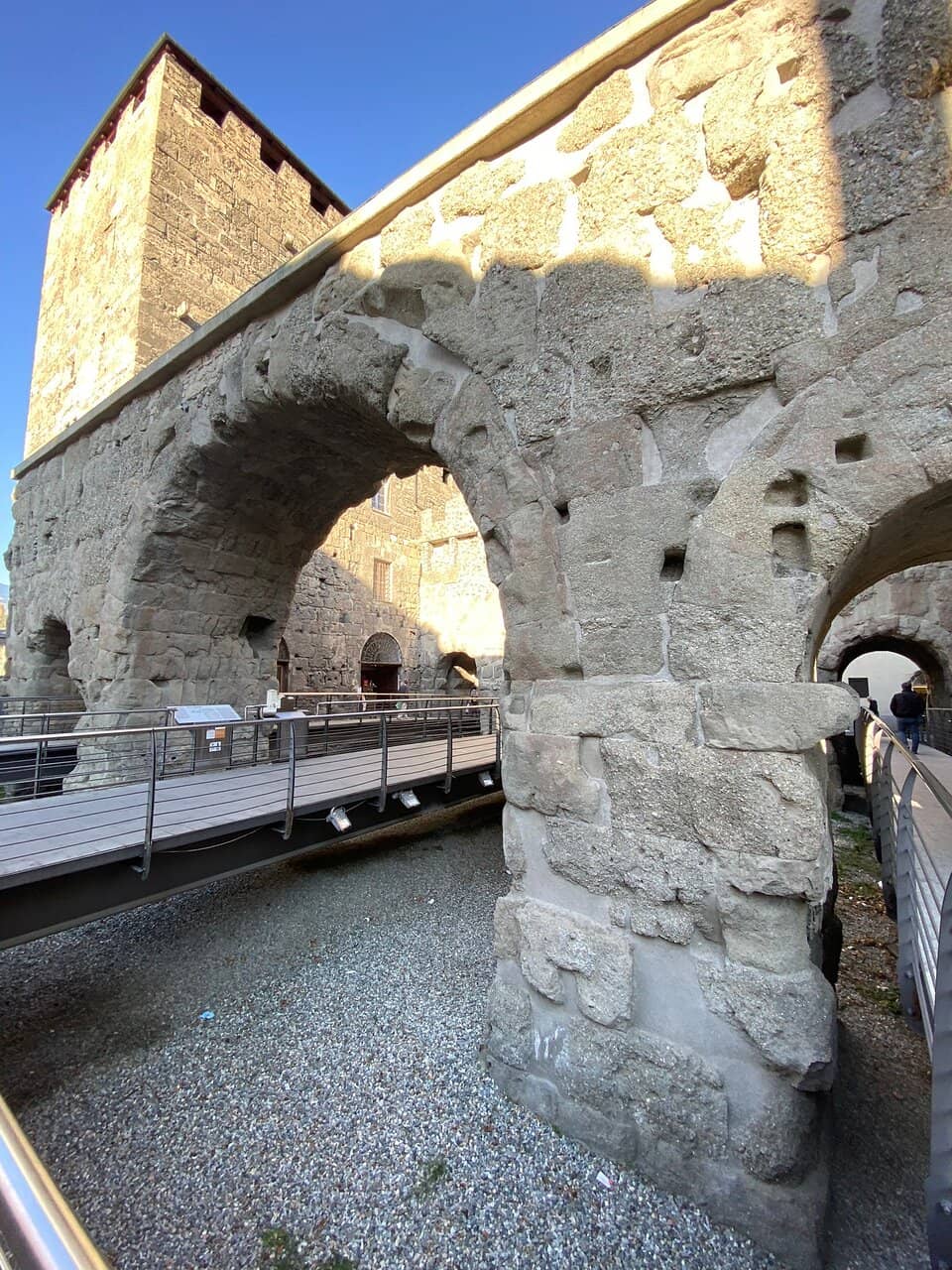
Highlights
Discover the most iconic attractions and experiences
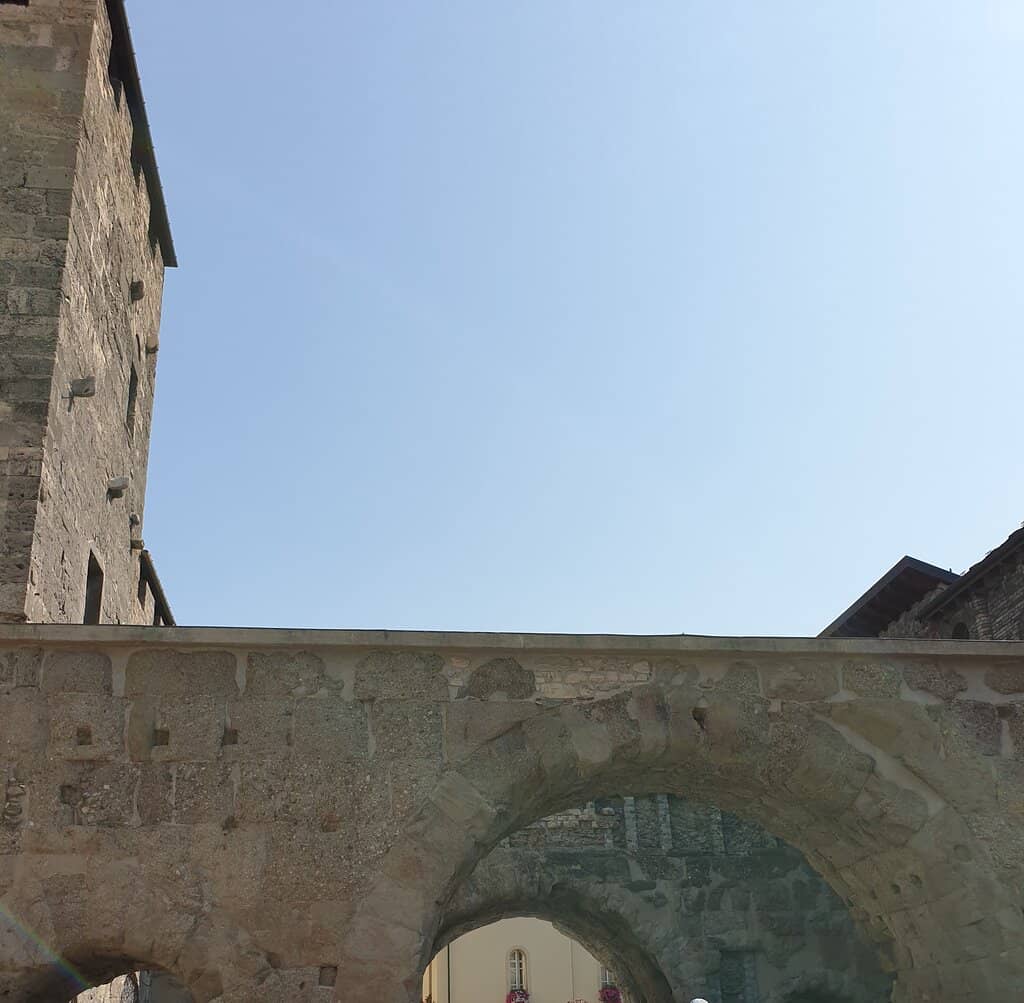
The Grand Entrance
Main gate structure
Marvel at the imposing triple archway, a testament to Roman engineering and a gateway to ancient history.
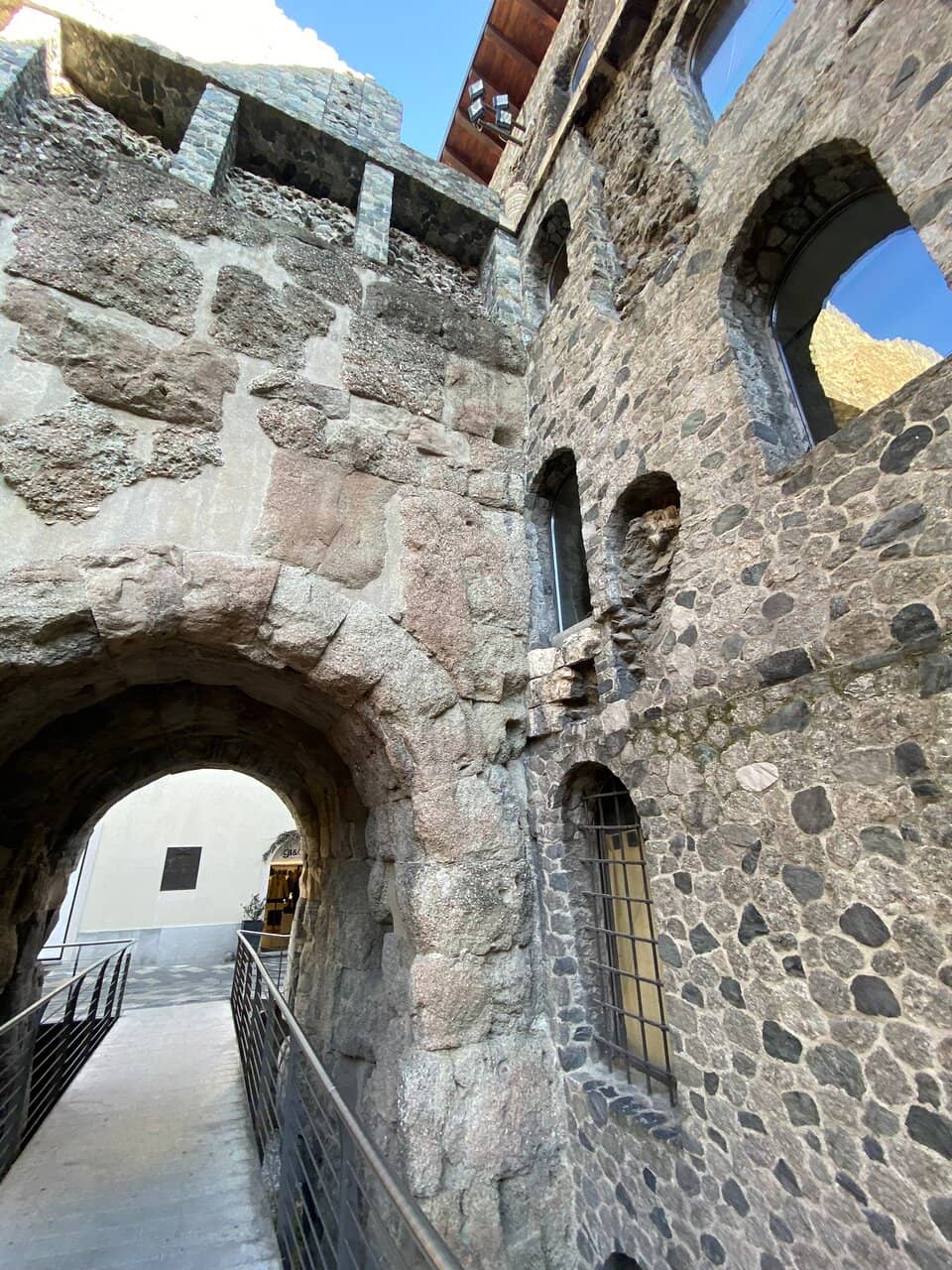
Visible Roman Engineering
Gate structure and surrounding area
Examine the preserved grooves for gates and remnants of marble cladding, offering a glimpse into its original splendor.
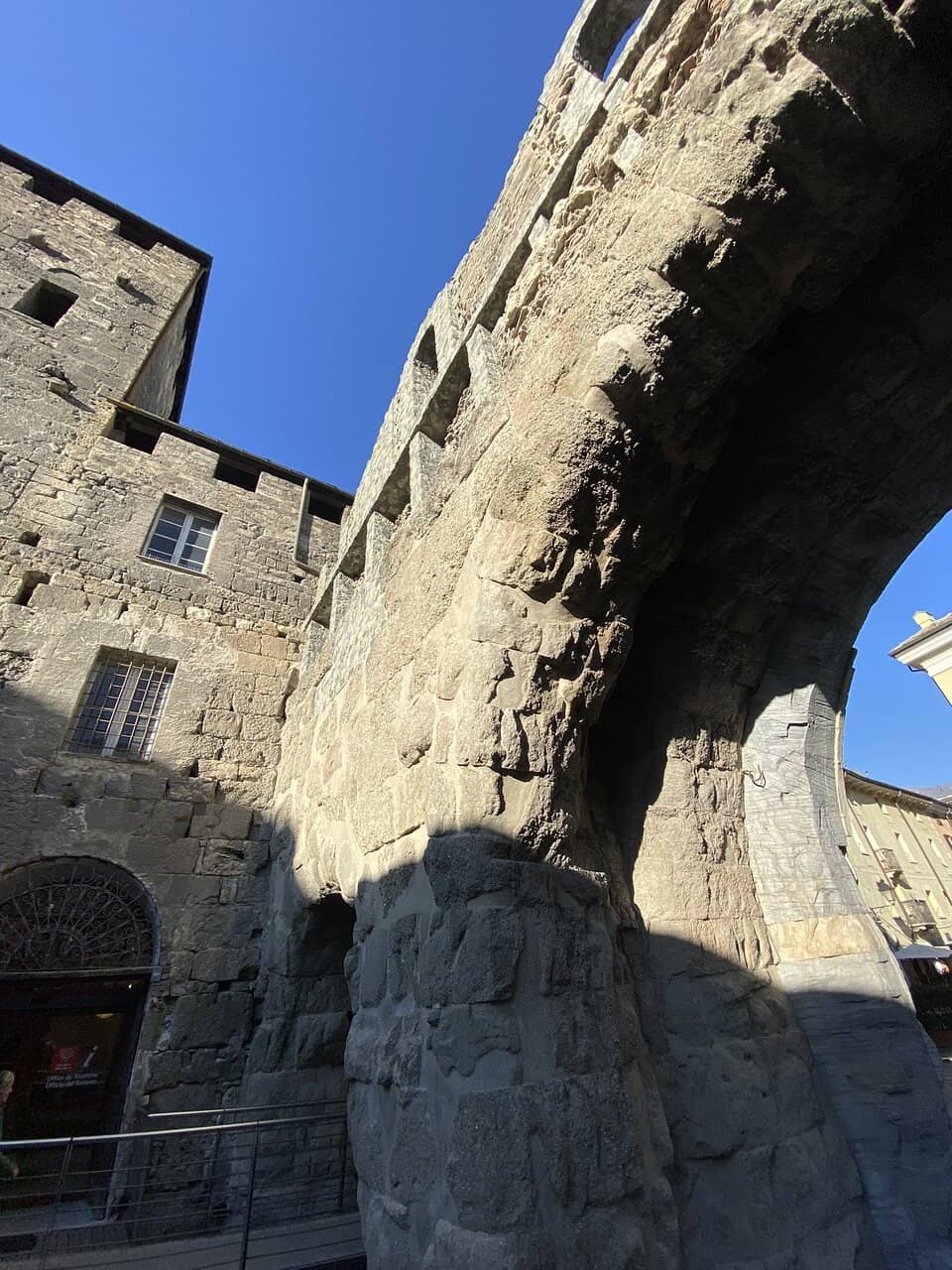
Patrol Walkway Remnants
Top of the gate structure
Imagine Roman sentinels patrolling these walls, offering a unique perspective on ancient city defenses.
Plans like a pro.
Thinks like you
Planning Your Visit
Timing Your Visit to Porta Praetoria
Understanding Porta Praetoria's Significance
Best Times
Insider Tips
from TikTok, Instagram & Reddit
🚶♀️ Stroll Through History
Explore the gate and surrounding Roman ruins for a deep dive into Augusta Praetoria's past.
📸 Capture the Grandeur
Visit during golden hour for stunning photos of this ancient Roman monument.
📍 Central Aosta Location
Porta Praetoria is a central landmark, perfect for starting your Aosta exploration.
🏛️ Roman Heritage Hub
Discover other Roman sites nearby, like the Arch of Augustus and Roman towers.
Tips
from all over the internet
🚶♀️ Stroll Through History
Explore the gate and surrounding Roman ruins for a deep dive into Augusta Praetoria's past.
📸 Capture the Grandeur
Visit during golden hour for stunning photos of this ancient Roman monument.
📍 Central Aosta Location
Porta Praetoria is a central landmark, perfect for starting your Aosta exploration.
🏛️ Roman Heritage Hub
Discover other Roman sites nearby, like the Arch of Augustus and Roman towers.
What Travellers Say
Reviews Summary
Visitors consistently praise Porta Praetoria as a majestic and symbolic monument, offering a direct connection to Aosta's Roman past. Its excellent preservation and central location make it a highlight for exploring the city's rich history. Some find the surrounding area could offer more interpretive information.
"The Praetorian Gate is the symbolic monument of the city of Aosta, and the perfect starting point for a stroll through its artistic treasures. Still majestic today, it was built in 25 BC and featured three entrances: a central one for chariots and two lateral ones for pedestrians. The gate was the main entrance to the city of Augusta Praetoria. The grooves within which the gates ran, some marble slabs that once covered the entire monument, and part of the patrol walkway are still visible."
Fiorentino Stornaiuolo
"Remains of a building from 25 BC
Very well preserved and valued"
Marco
"Pretty"
Paolo Pastorello
What People Like
What People Dislike
Frequently Asked Questions
🚇 🗺️ Getting There
Porta Praetoria is centrally located in Aosta, making it easily accessible on foot from most parts of the city. If arriving by car, look for parking in the city center. Public transport options are also available within Aosta.
Yes, Porta Praetoria is a prominent landmark and a symbolic monument of Aosta, situated in the heart of the city.
Aosta has a public transport system, and Porta Praetoria is a central point that most bus routes will pass near or stop at.
Walking is the best way to explore Porta Praetoria and the surrounding Roman heritage sites in Aosta.
While the main gate is visible from street level, some of the surrounding ancient structures might have uneven terrain. It's advisable to check accessibility for specific areas if needed.
🎫 🎫 Tickets & Entry
Porta Praetoria is an open-air monument and generally free to view from the outside. Access to any specific internal areas or adjacent museums might require a ticket.
As an ancient monument, Porta Praetoria is accessible at all times. However, surrounding facilities or any associated visitor centers may have specific operating hours.
Typically, there is no entrance fee to see Porta Praetoria itself, as it's a historical landmark integrated into the city.
Guided tours of Aosta often include Porta Praetoria as a key stop. Check with local tourist information for availability and booking.
The monument is visible at night, and can be quite atmospheric, though lighting may vary.
🎫 🏛️ Onsite Experience
You can see the impressive triple archway, remnants of marble cladding, grooves for the original gates, and parts of the patrol walkway.
A brief visit to admire the structure can take 15-30 minutes, but exploring the surrounding Roman sites could extend your visit to a couple of hours.
The front view showcasing the triple archway is iconic. Consider angles from the sides and capturing details of the stonework.
Public restrooms and other facilities are usually available in the city center of Aosta, near the monument.
Nearby Roman sites include the Arch of Augustus, Roman towers, and a portion of the city walls.
🍽️ 🍽️ Food & Dining
Yes, Porta Praetoria is in the heart of Aosta, surrounded by numerous restaurants, cafes, and trattorias offering local cuisine.
Aosta has options for various dietary needs. One local tip mentions Nicoletta (dairy products) on Via Porta Pretoria 3 for fresh, local products.
Expect hearty mountain cuisine, including polenta, local cheeses, cured meats, and regional wines.
Absolutely, the streets around Porta Praetoria are lined with cafes perfect for a coffee or a pastry break.
While there might not be designated picnic areas directly at the monument, you can find pleasant spots in nearby piazzas or parks in Aosta.
📸 📸 Photography
Early morning or late afternoon, especially during the golden hour, offers the best light for photography.
Drone usage is typically regulated in historical city centers. It's best to check local Aosta regulations before flying a drone.
Wide shots capturing the scale of the gate, close-ups of the stonework, and shots incorporating the surrounding city context are effective.
The main gate is an open structure, so photography is generally permitted. If there are any ticketed areas within or adjacent, check their specific photo policies.
Generally, casual photography for personal use is allowed. Professional shoots or commercial use might require permits.
For Different Travelers
Tailored advice for your travel style
👨👩👧 Families with Kids
Combine your visit with a walk through Aosta's charming streets, perhaps stopping for gelato, to make the outing even more enjoyable for younger travelers. The nearby Roman Tower and Arch of Augustus also provide more visual stimuli without requiring extensive walking, keeping little legs happy.
🏛️ History Buffs & Archaeology Enthusiasts
Beyond the gate, Aosta boasts a wealth of Roman heritage, including the Arch of Augustus, the Roman Theatre, and the unique cryptoportico. Visiting these sites in conjunction with Porta Praetoria provides a comprehensive understanding of Roman urban planning and military strategy in the Alps. Consider joining a local guided tour to gain deeper insights into the historical context and archaeological significance of these ancient structures.
Deep Dives
In-depth insights and expert knowledge
A Glimpse into Roman Aosta
Walking through Porta Praetoria today allows visitors to connect directly with this ancient past. You can still see the grooves where the massive gates once slid, and imagine the bustling activity of soldiers, merchants, and citizens passing through. The preservation of these elements, along with parts of the patrol walkway, offers a unique opportunity to visualize Roman life. It's more than just a ruin; it's a portal to understanding the city's foundational history and its role as a vital Roman stronghold.
Beyond the gate itself, Aosta is rich with other Roman remnants. The Arch of Augustus, the Roman Theatre, and the cryptoportico (an underground portico) are all within easy reach, forming a compelling archaeological trail. Exploring these sites collectively provides a comprehensive picture of Roman urban planning and daily life in this northern Italian city.
Photography Tips for Porta Praetoria
Experiment with different angles to convey the monument's scale and significance. A wide-angle lens is excellent for capturing the entire triple archway and its context within the modern city. For more detail, switch to a standard or telephoto lens to focus on the intricate stonework, the grooves for the gates, or the remnants of marble. Including elements of the surrounding urban environment can also add a compelling narrative to your photographs, showing how history is integrated into contemporary life.
Consider the time of day for different moods. Morning light can be crisp and clear, ideal for highlighting architectural details. Evening light offers a more dramatic and romantic feel. Don't forget to look for unique perspectives, perhaps from slightly elevated points or by framing the gate with elements of the city.
Social
from TikTok, Instagram & Reddit